Create the Ultimate Perennial Shade Garden – Gardening Expert Shares 8 Easy Insider Secrets to a Four-Season Sanctuary
Creating a shade garden relies on smart planting and landscaping schemes that look good year round. Try these perennial shade garden ideas for year-round vitality and interest
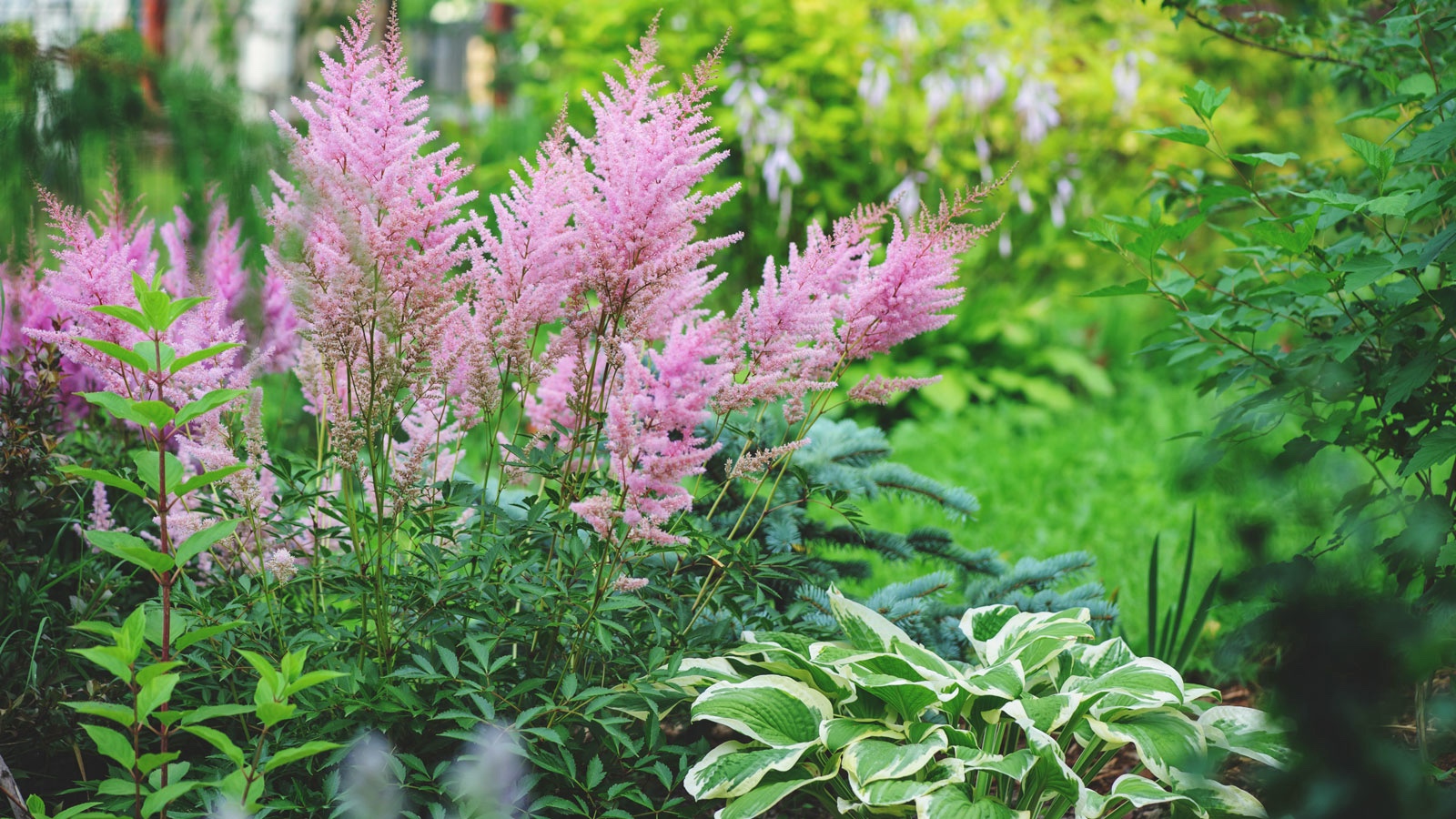

Wondering how to make more of a shady growing space and looking for easy ways to keep color and interest going year after year? These perennial shade garden ideas can help you design a space for the difficult corners of your yard. While it’s true that most plants need sunlight to some degree, there are plenty of lush and lovely planting options and creative ideas that can help you make more of quiet corners.
It’s not hard to find tropical annuals that are used to growing in the shade or dappled sunlight of a rainforest, but these will only survive one summer in most gardens. Perennials for a shade garden allow you to enjoy a shady area year after year. Use these shade perennial garden ideas to plan, develop and maintain your own low-light beds, borders and pot-based gardening schemes.
Best Perennial Shade Garden Ideas
There are several factors to consider as you design a perennial shade garden: the size of the bed, the degree of shade, the soil type and drainage, and your budget. It’s a good idea to start by creating a shade perennial garden layout that makes sense for your space, before you select plants or spend money on hardscaping elements.
With perennials, you want to make the most of all the seasons, so choose different plants based on when they flower, and think about potential fall and winter interest. Even low-maintenance shade plants can present diversity in tone, shape, size and growing habit. So choose plants that flower at different times and include some that have interesting fall color or winter structure. Here are some ideas to inspire your perennial shade garden design.
1. Work with What You Have

If your shady corner has a big boulder in it, design around it. If there’s a stump from an old tree, maybe you can use it to create a stumpery garden. Work around the snaking roots of trees that are creating the shady space. Tuck small ferns or dwarf hostas between their crooks. There is no need to make the work of creating a shade perennial garden from scratch more difficult by creating a blank slate. You can use existing backyard landscaping elements to make it more visually interesting.
You may just need to neaten up a disused area for planting or landscaping, prep the earth, and tidy up a growing space – before you plant in your shade perennial garden. Create new planting sites in old turf by digging with a shovel like an Ashman Heavy Duty Shovel from Amazon, removing any problematic roots and neatening fresh bed edges with a spade like the Roamwild Multi-Digger Garden Space from Amazon.
2. Choose Easy Plants
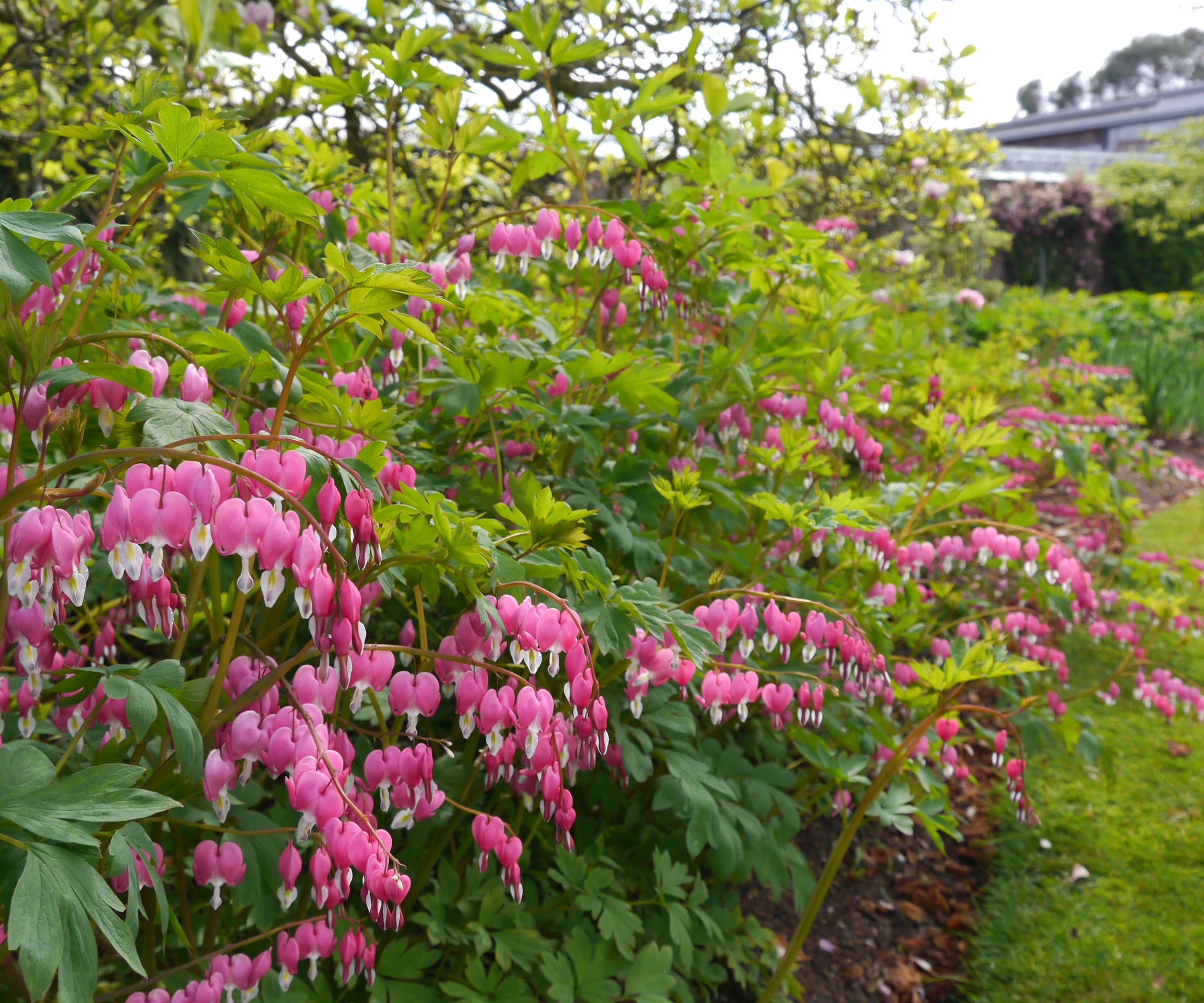
This might seem obvious, but choosing the right shade perennials is the simplest of low-maintenance perennial shade garden ideas. The easiest plants to grow in your shady area will be those best suited to it. Get to know your soil type, how much moisture it holds, and drainage, exactly how much sunlight the spot gets, and of course, your hardiness zone.
Choose plants that need everything your space has to offer. Avoid complicating the garden by choosing a plant that needs excellent drainage if your target area tends to get standing water, for instance. As a bonus, choose native species for the ultimate in low-maintenance plants. Some gorgeous shade plant perennials for color and variety include astilbe, columbine, bleeding heart and foamflowers. There are some gorgeous columbine plants and seeds available at Burpee, and the lovely ‘Cutting Edge’ foamflower available to buy as a live plant from Proven Winners.
Sign up for the Gardening Know How newsletter today and receive a free copy of our e-book "How to Grow Delicious Tomatoes".
3. Vary Color and Texture
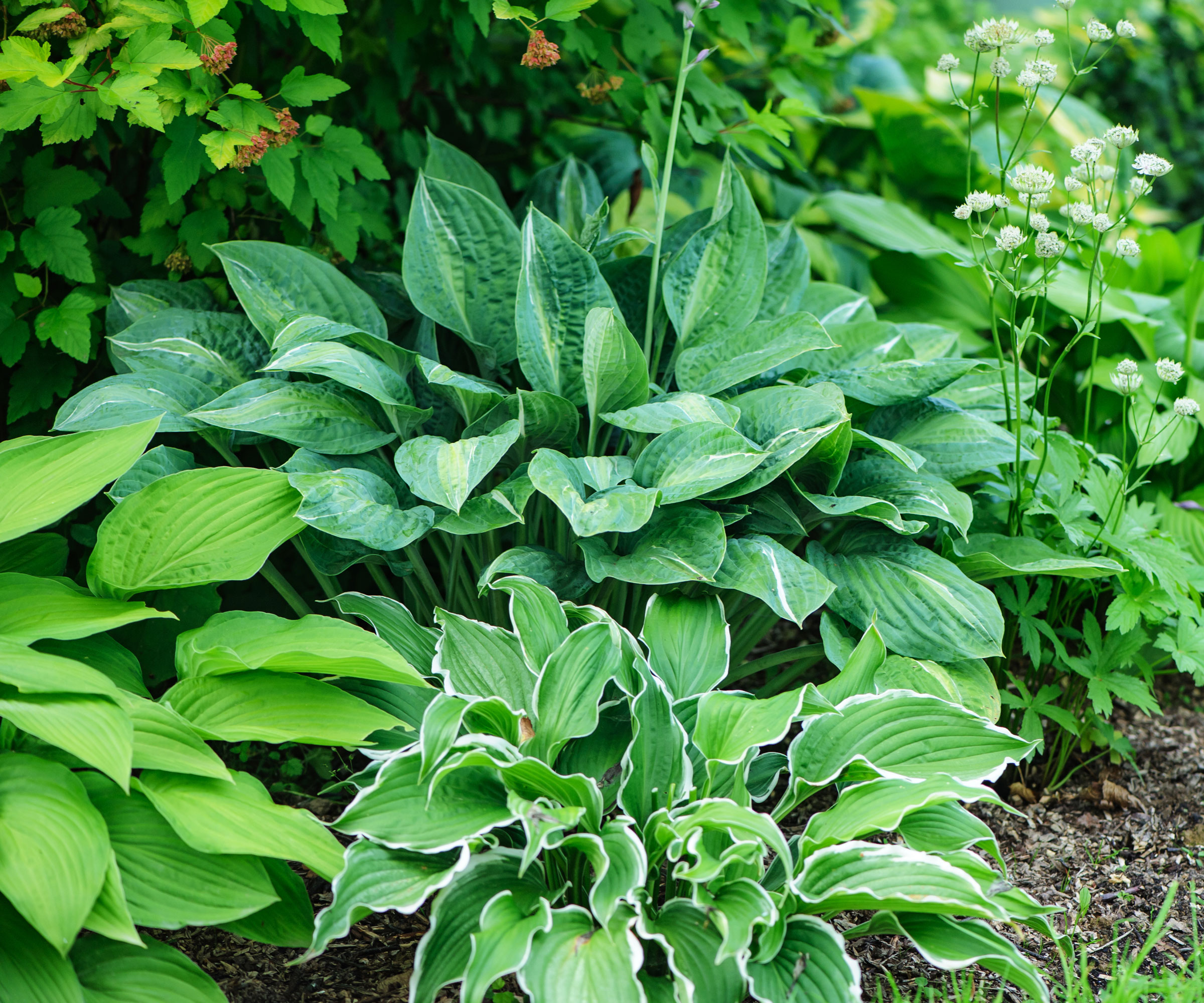
Variation and contrast are important in all garden beds, but even more so in shady areas. The low light conditions make it even harder to distinguish between different green plants. Choose plants of different sizes, foliage textures, and colors to improve contrast. You can achieve great dynamism and leaf variety by growing different types of hostas, with dwarf and giant sizes, and colors ranging from chartreuse to blue to variegated. You can find some great hosta varieties as bare roots, seeds and starter live plants at Amazon, including ‘Mouse Ears’ and ‘Fire and Ice’.
Ferns add a feathery texture, while the Japanese painted fern adds unique colors. Look for shade-loving flowers, too, like bergenia for USDA zones 3-8 and fuchsias for zones 10 and higher. Fuchsia are especially convenient in small spaces as you can grow vertically to maximize space. Buy Fuchsia ‘Blue Eyes’ from Amazon as a live plant for prolific long-lasting blooms with mixed purple and magenta tones.
4. Embrace Ferns
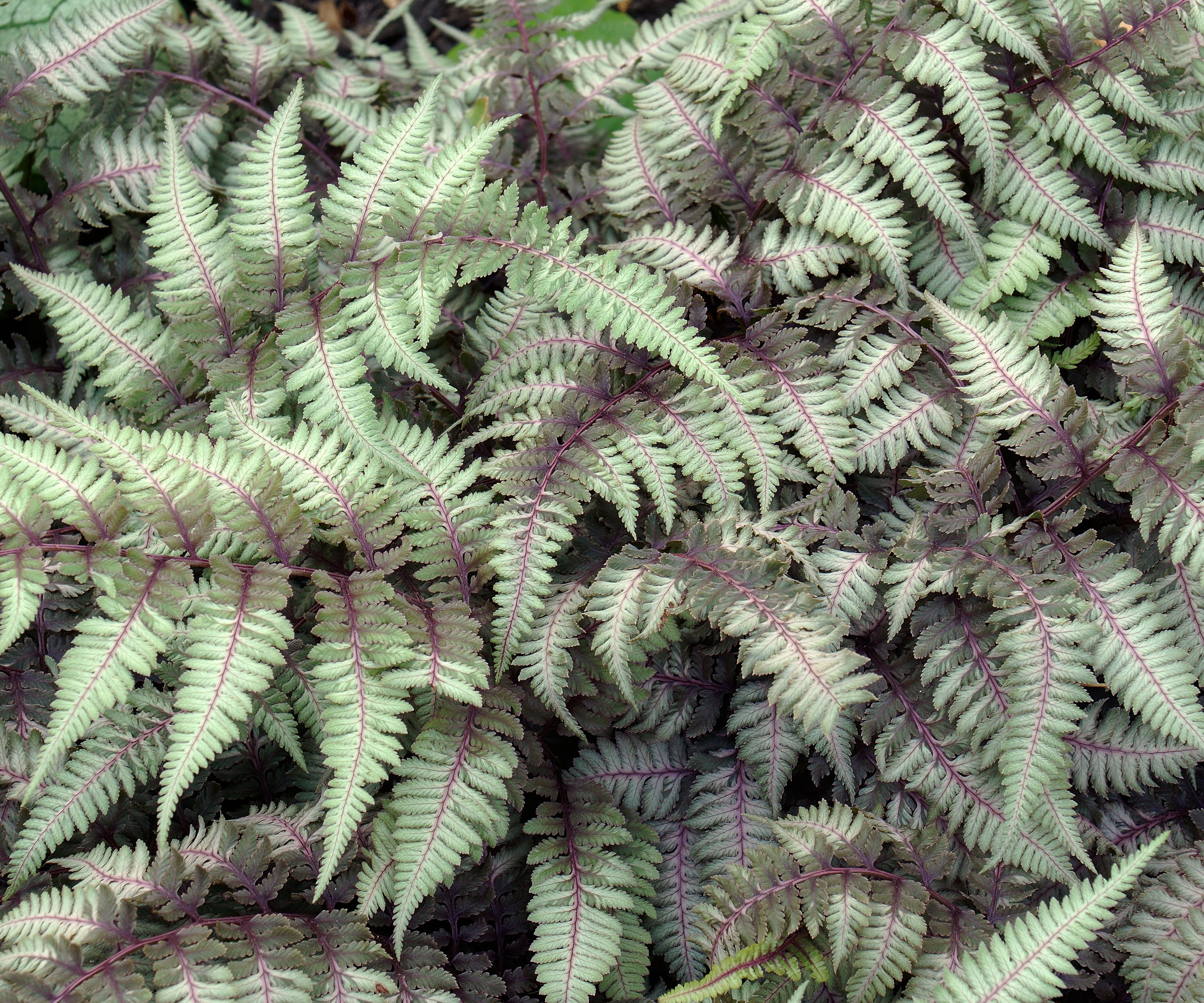
Ferns are the ultimate shade perennial garden ideas if you are after easy planting schemes. Some are tropical and better suited as annuals in many gardens, but there are plenty of ferns you can grow that are hardy in colder climates, including native species. Nearly all ferns thrive even in deep shade, so choose several types with varying sizes, textures, and colors for low-maintenance elements in your shade garden.
Some North American native options include fragile fern, cinnamon fern, Christmas fern, and maidenhair fern. Boston fern is a good choice for a potted, hanging annual that you can bring indoors for winter. Ostrich fern will give your garden a tall, elegant element, while autumn ferns add a splash of coppery color in spring. One favorite fern variety for the Gardening Know How team is Ghost Athyrium, available as a live plant from Burpee. It has distinctive metallic silver fronds that seem luminescent in shady spots.
5. Add Hardscaping Elements
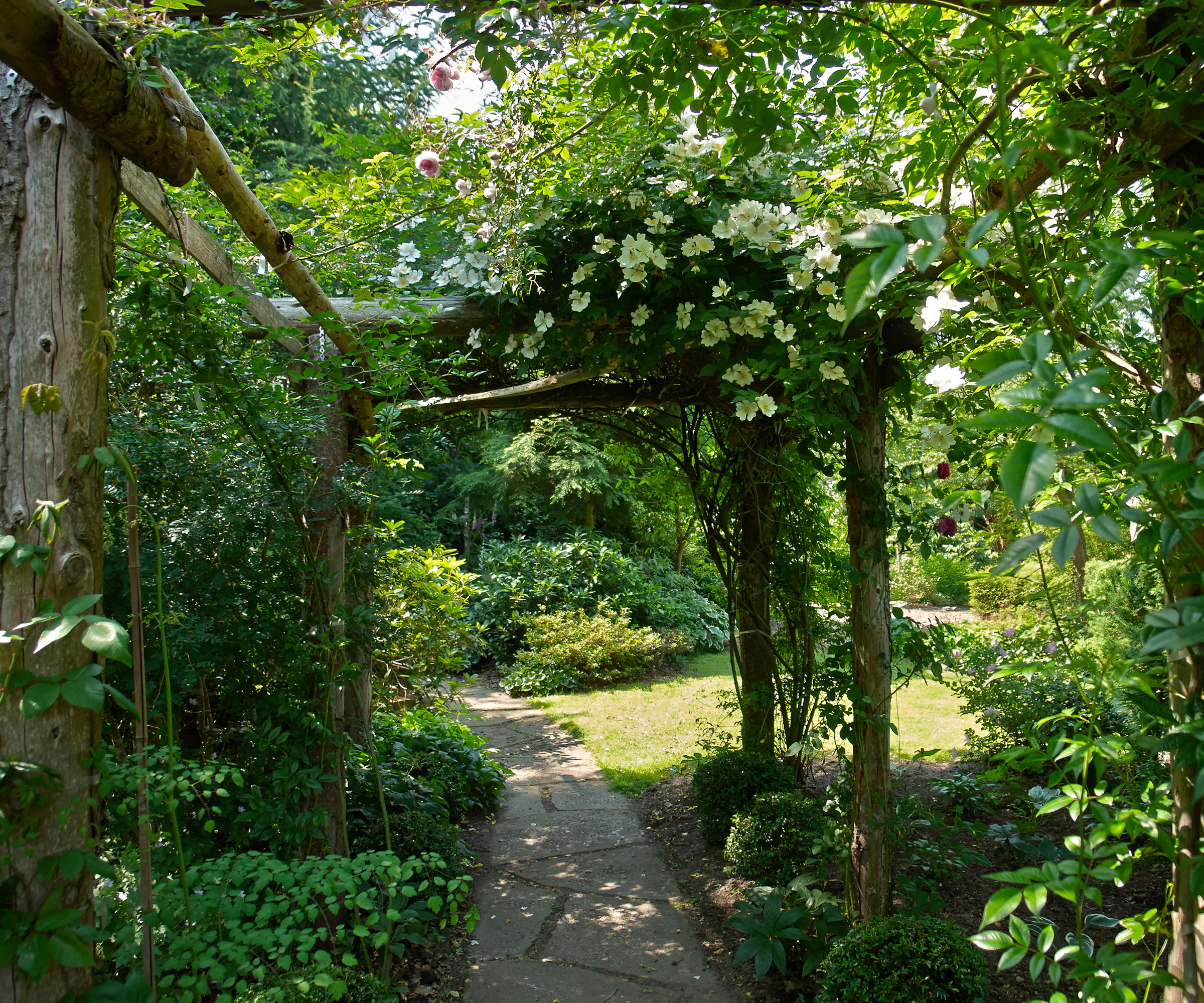
Another way to add contrast to a shady area is to introduce non-living elements. A gravel path or stepping stones separate areas and plants. A well placed trellis or garden arbor presents a chance to introduce vertical growth with climbing vines. The Amagabeli 4-Pack Trellis from Amazon is a lovely rust-proof wrought iron trellis option. For a natural wooden style, try the Outsunny Wooden Garden Arbor from Amazon. Alternatively, if you have the time and the materials to hand, you may prefer to make your own.
A bench or low stone wall can also help to provide additional visual layers. Incorporate plants into these elements, when possible, for a natural look. Let moss grow between stone pavers. Use flowering or evergreen vines on vertical elements. You can place potted plants on walls or benches to add multi-level interest.
6. Add Containers for Versatility
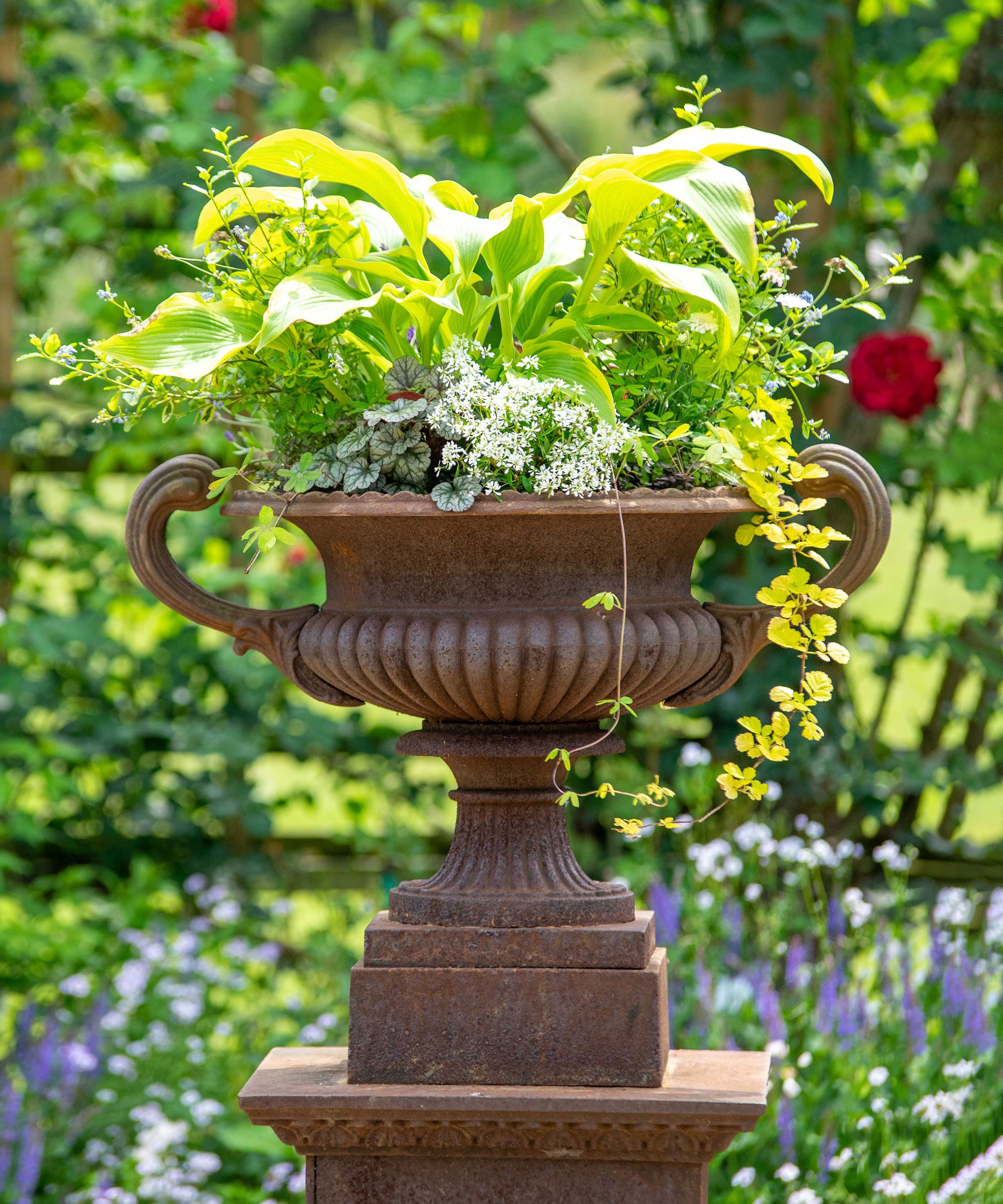
Containers in your shade garden allow you to be more flexible about what you grow. For instance, you can use pots to grow some colorful tropical plants that will only be suitable in summer. You can also use container gardening to grow plants that need more sun but tolerate partial shade for more enduring displays. Place them in your shade garden, but move them around on certain days to catch more light.
The mobility and impermanence of container plants for shade means you can enjoy greater flexibility and versatility. For deep vertical planters that catch the eye but hold their own, we love the Worth Store Unbreakable Beige Patio Planters from Amazon with their gorgeous naturalistic ribs. For a more rustic themed shade garden container, try the 3-pack of BNSPLY Wooden Planter Barrels from Amazon, offering multiple sizes with side handles for moving around.
7. Don’t Forget Larger Plants

Don’t be afraid to put a shrub or two into your shade garden, if you have space, of course. A larger plant, like a shade-loving shrub, can serve as a focal point and a starting point for your design. Camellias are beautiful options for shade and partial shade. The ideal is afternoon shade with a little morning sunshine. You can buy Camellia ‘Shi-Shi Gashira’ from Fast Growing Trees for pretty semi-double pinks.
Japanese andromeda (Pieris japonica) also thrives in shade and partial shade growing 2-6ft tall and developing delightful spring blooms. Azaleas are ideal for shady, woodland gardens. They’re suitable in USDA zones 3-9 and produce pretty spring flowers. You can buy ‘Autumn Bravo’ by the Encore Azalea Store from Amazon. Mountain laurel will also flower in spring and is good for USDA zones 4-9. As a bonus, it’s deer and rabbit-resistant. Buy ‘Nathan Hale’ Mountain Laurel by Green Promise Farms from Amazon.
8. Add Evergreens for Four-Season Gardens
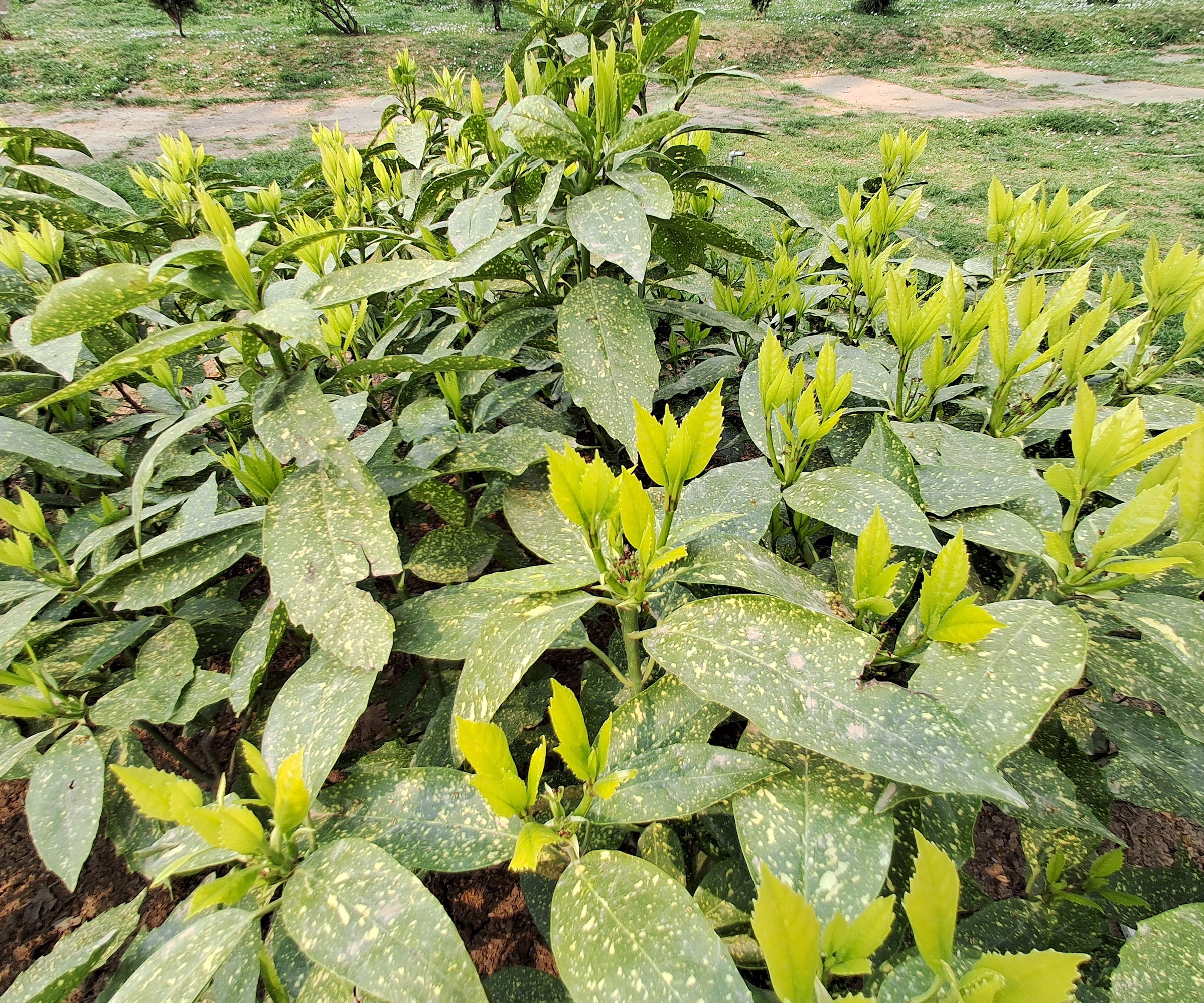
For year-round elements in your garden, you need low maintenance evergreens. Although invasive in many areas, English ivy grows well in many climates, thrives in shade, and stays green and attractive all year. If you grow it, make sure you keep it under control with regular pulling and pruning, and don’t grow it too close to natural areas. Buy American Plant Exchange English Ivy from Amazon as a two-pot set.
Certain types of yew grow as low, evergreen shrubs, perfect for shady areas under trees. In USDA zones 6-10, you can grow aucuba or gold dust plant. It grows slowly and provides year-round yellow and green variegated foliage. Depending on whether you grow it in shade or partial shade, that will determine how much yellow or green you see. You can buy a Gold Dust Aucuba by GoByPlants from Walmart.
Need more ideas for timely gardening jobs and seasonal expert advice delivered straight to your inbox? Sign up for the free Gardening Know How Newsletter!

Mary Ellen Ellis has been gardening for over 20 years. With degrees in Chemistry and Biology, Mary Ellen's specialties are flowers, native plants, and herbs.